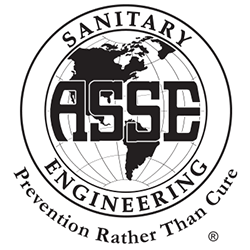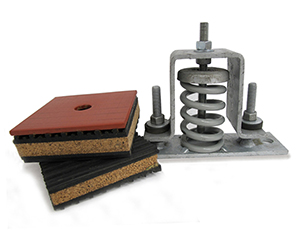In the healthcare industry, the medical air used for patient care must be processed, sanitized and dried before it is acceptable for patient applications and specialized hospital procedures. Medical air dryers are designed to eliminate the water vapor that is naturally created during the process of compressing air.
When air compresses, the air temperature rises, creating water vapor. As the air cools, the water vapor condenses creating moisture. If the air was not dried, this moisture would pass downstream into the tank, distribution lines, hoses, other medical air distribution components and end user tools.
Water moisture is a dangerous contaminant in a compressed air system. Over time, excessive liquid in the air stream can cause corrosion in the tanks and piping, causing damage to equipment, tools and components. Even more treacherous, unwanted moisture can cause bacterial growth, mold and other contaminants to develop in the air distribution system.
Here’s where the medical air dryer, filtration system and air monitoring components enter the picture. To make a very long story short, these vital components remove the water, contaminants and particulates from the compressed air, sending clean, spiffy “medical air” downstream to the patient.
The dryer plays the hugest role in this cleansing process. Dry air prevents the bacterial goodies from proliferating and keeps the dew point (moisture) in check. During normal preventative maintenance procedures, the dryers, filters and monitors are tested and analyzed for proper performance. At regular intervals, the downstream medical air is tested for purity.
Several styles of air dryer have been used in medical air applications in the past. Today’s preferred method is the use of a twin tower desiccant style dryer. They efficiently dry the air using sophisticated purging methods that are favorable for the demands of medical air usage. These dryers also reach and hold the necessary temperatures for dew point control.
As with medical air compressors, 100% redundancy is required for air dryers to prevent a catastrophic event if one of the dryers should fail. This is also true for the filters and regulators in the drying system.
By design, medical air compressors alternate, distributing usage hours among the pumps evenly. Air dryers are not set up this way. Alternating from dryer to dryer is done manually. The dryer currently in service carries the load of the medical facility. The secondary dryer is there as a backup in case the main dryer fails. This puts one dryer constantly under load unless it is manually switched over to the other dryer. Like the compressors, it is important that the dryers share the load.
This is where we come in. Each time we perform our Preventative Maintenance Services, we will always switch the dryers so the secondary dryer becomes the main dryer at every other visit. This spreads the load between the two dryers more evenly.
The end results are;
- One dryer is not worked to death
- Distributing the load between dryers creates greater dryer reliability
- The chances of main dryer failure are drastically reduced
- Equal usage adds up to fewer dryer, filtration and monitor problems
- Less consistent hours of use equate to longer dryer life
- Proper dryer care helps prevent expensive issues and/or costly downtime
When the air dryers are performing properly, the medical air system is happy. But when the dryers are experiencing problems, it can wreak havoc on the entire system. If the dryers are not running as expected, it can cause the single most usage of air and put tremendous wear and tear on the compressors.
With the proper maintenance and repairs, your medical air dryers are designed to last a substantial period of time. Click here to learn a little more about air dryers . . .
If you are experiencing dryer or dew point issues, please contact us. We’d be happy to help










